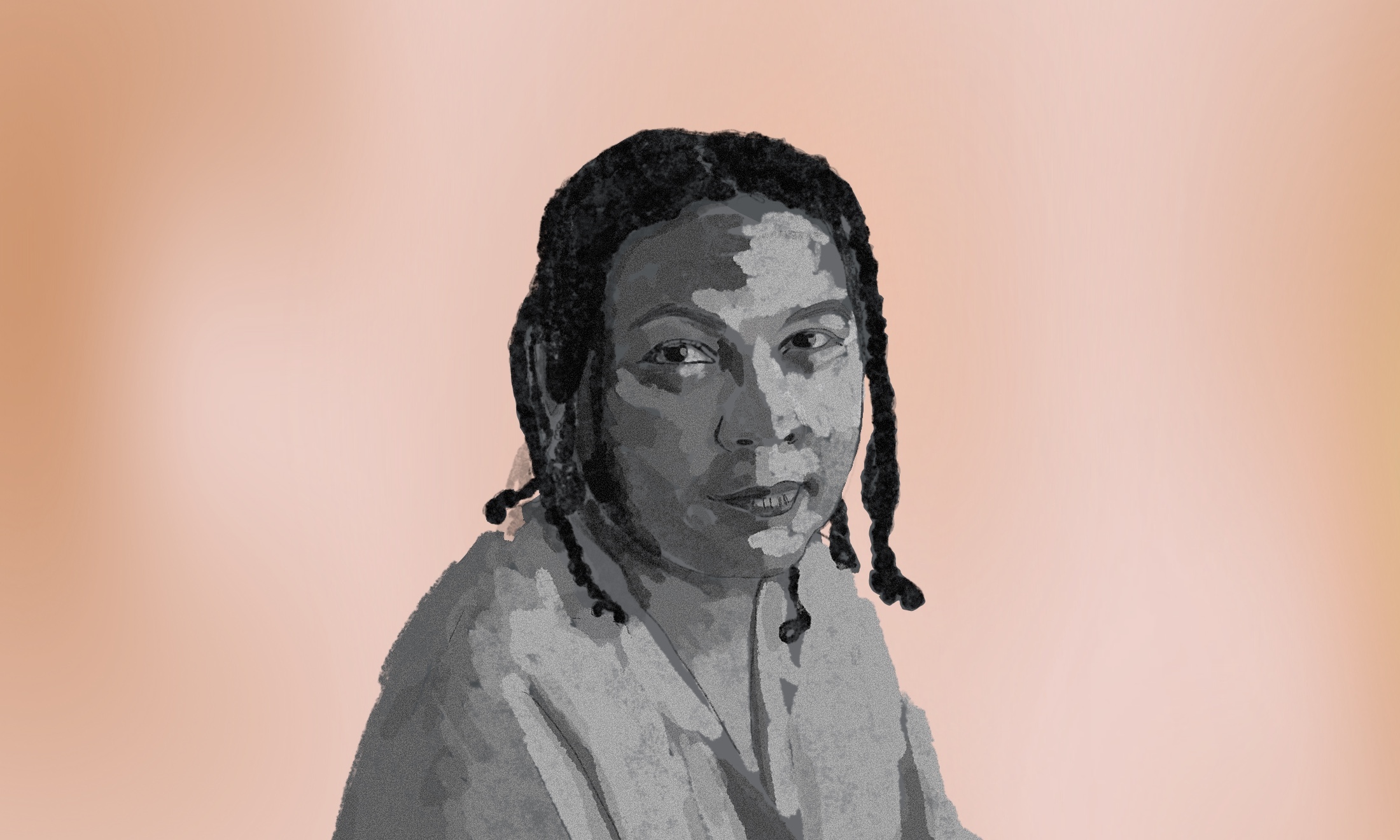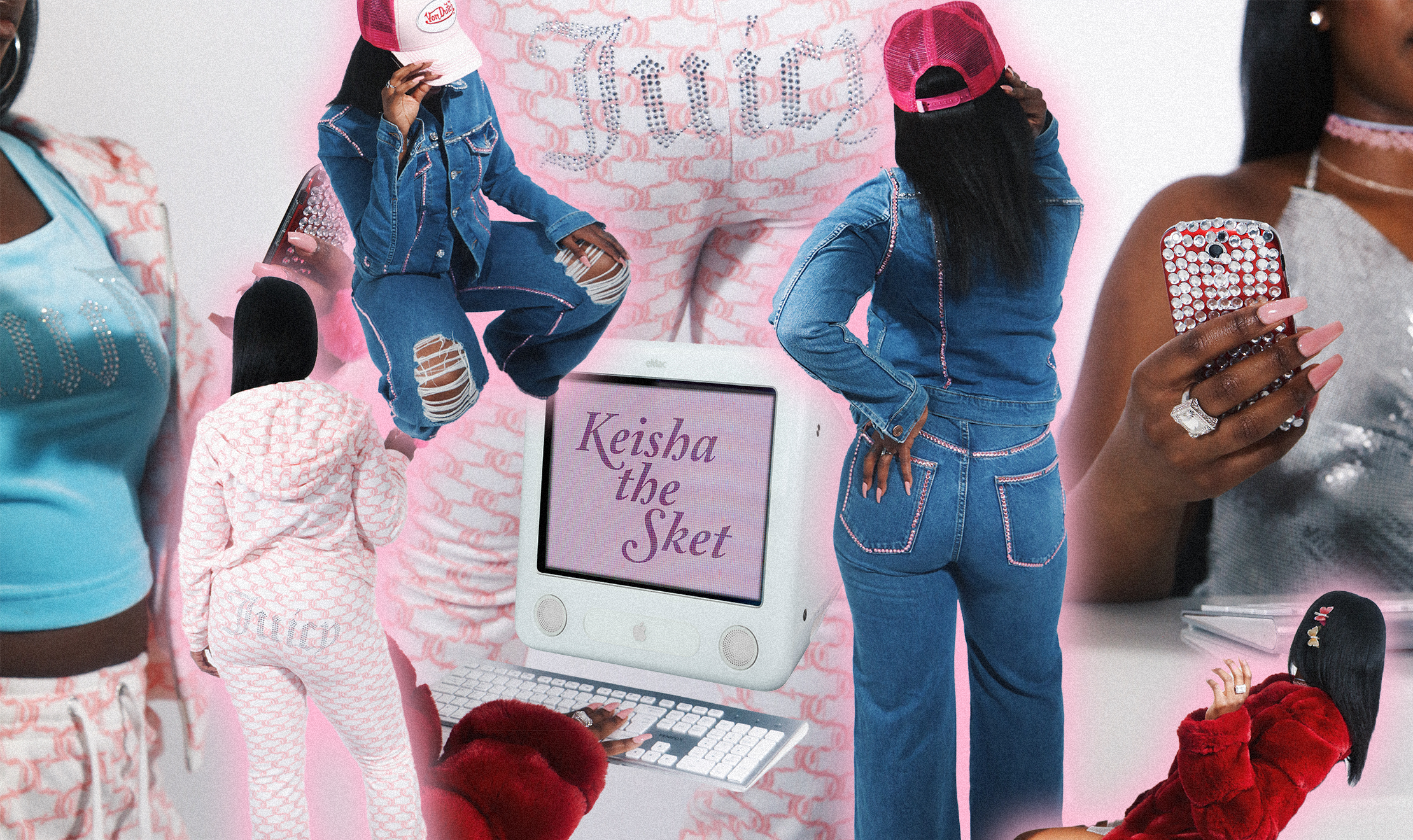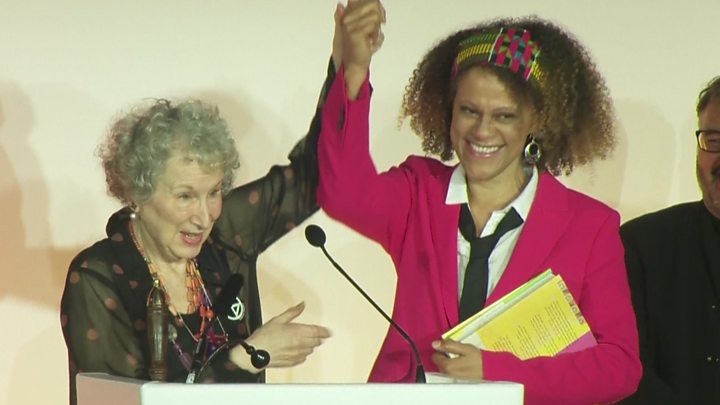
I’ve always been a reader. In primary school, reading was the cool thing to do. I spent my afternoons at the library stashing away copies of Goosebumps or Jaqueline Wilson so that I’d be able to find them easily when I came back the next week (it never worked).
I quickly started reading less and less for the cool factor, and more because I loved it. I read constantly up until I went to university, and subsequently life ate up any free time I had for reading. Only now, years later, I’ve regained the ability to sneak away from the world and get lost in a good read.
Two books finished in two weeks ? For like the first time in about three years, I actually have time to read again pic.twitter.com/hKVMWAbQLh
— Shanice (@ShaniceDee) July 23, 2015
Having said that, my return to books wasn’t easy at all. I’m a completely different person to who I was when I was eighteen and my reading choices now definitely reflect that, putting me in an odd transition between the young adult books I was used to, and something else I couldn’t quite place at the time.
The books I had read in school had centred around the breathtakingly beautiful, ridiculously rich, popular, American schools girls and the ins and outs of their “frenemy circles” and relationships with their equally popular and rich boyfriends. For a while, I kept on attempting to get back into the shallow dramas of the teen fiction I was used to, but I just couldn’t relate to any of it; I’ve never been rich, or rivalled for the position of queen bee, or been involved in a love triangle. Oh, and I’m also not white.
Obviously, I’m not only able to relate to characters on screen or in books who are the same race as me, but as I’ve gotten older and over the past few years especially, I’ve learnt a lot about my blackness and whilst it doesn’t define me, it’s a part of me that I enjoy exploring and want to explore further through the creative works I consume. Like so many others, I’m tired of the lack of representation in the media but that doesn’t have to plague my book shelves too.
Of course, I’ve read a few books with ethnic minority characters in them. I will forever credit Malorie Blackman’s Noughts and Crosses as the book that solidified my love of books. Looking back, it’s likely that the reason I developed such a strong connection to it was because the main character was black, and the storyline centred on race. I had never read a book like that before – written by a person of colour – and I was too young to identify it as something significant to me. It would be some years until I would do so again.
There have been others, but in comparison to the amount of books I’ve read, and characters I’ve been introduced to, it’s shocking that I haven’t read more books by BAME writers or with ethnic minority protagonists. What’s worse is, growing up I spent hours and hours writing my own stories and creating characters (another hobby that fell by the wayside at university). In all that time, I only ever wrote one non-white character.
Even though the disconnect between me and my characters didn’t stop at appearances, (like the books I read, they were all beautiful, American and rich), the realisation that even in a world in which I was in complete control, I chose not to create characters that look like me is actually, in hindsight, massively disconcerting.
Over the past six months or so, I’ve gotten my reading mojo back and have found myself gravitating towards more diverse choices. A mish-mash of different genres, told from the perspective of characters belonging to different races and sexualities, living in different countries. Amongst them, were Chimamanda Ngozi Adiche’s Americanah and Hanya Yanagihara’s A Little Life.
Americanah has been the first book I’ve read that explores so race so thoroughly and exclusively, since I was 11, sat up all night clutching Noughts and Crosses. Whilst it isn’t my favourite book, I appreciated the commentary on race and recognised myself in Ifemelu’s discovery of what it means to be forced to confront your blackness and becoming comfortable with that.
A Little Life had very little to do with race, and everything to do with devastatingly brutal physical and emotional pain, in what was an intense character study. But it was the casual mix of characters that took me by surprise. There were black characters, mixed with white and Asian characters, gay and straight and bisexual. That easy integration of diversity was something I’d rarely experienced in a book before.
Both books intrigued me and reminded me that there are plenty of authors writing these kinds of stories, so for the rest of the year these are the books I’ll be seeking out, and the books I think should be celebrated today, World Book Day.
With the help of Goodreads (which is surprisingly addictive), I’ve been hunting down both classics and recent releases from writers of colour and have compiled a to-read list which I’m excited to get through.
A few that are on my list include:
This bridge called my back: Writings by radical women of colour edited by Cherrie Moraga and Gloria Anzaldua
God Help the Child by Toni Morrison
Between the World and Me by Ta-Nehisi Coates
The Fisherman by Chigozie Obioma
The Lonely Londoners by Sam Selvon
On Beauty by Zadie Smith
The Good Immigrant by Nikesh Shukla
What’s your favourite book written by a person of colour? Tweet us at @galdemzine #WorldBookDay









